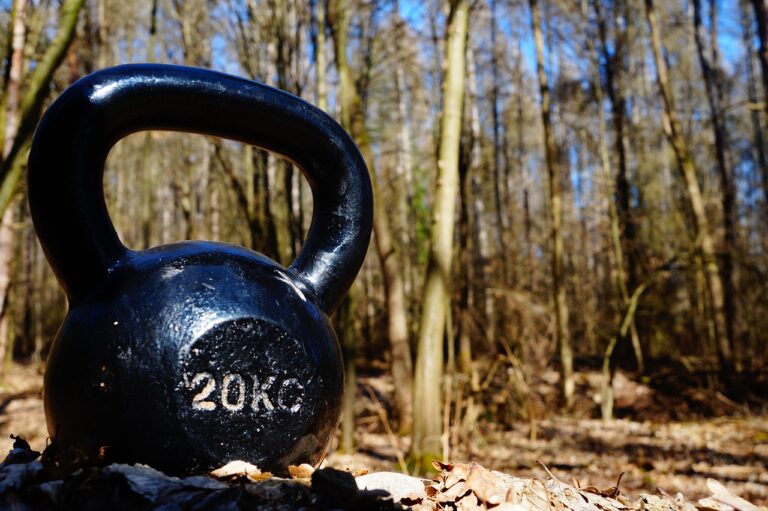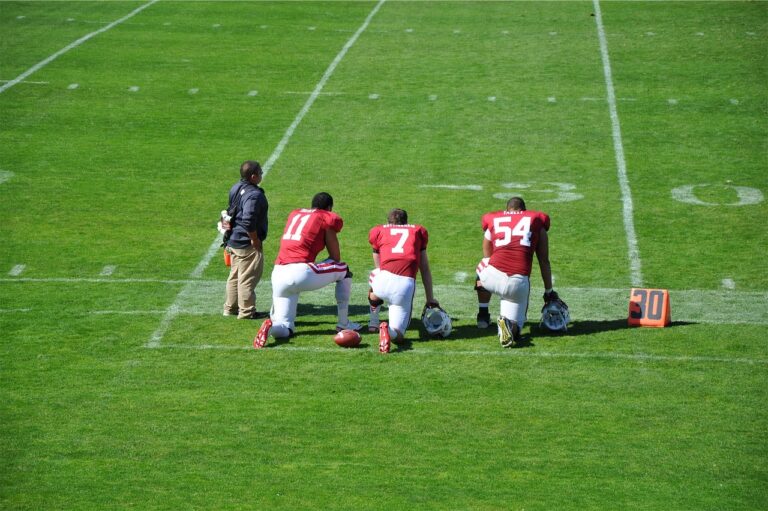Understanding Osteochondral Injuries: A Focus on London
Understanding Osteochondral Injuries: A Focus on London
Osteochondral injuries, which involve damage to the cartilage and underlying bone within a joint, are a significant concern for both athletes and the general population. In London, the prevalence of such injuries is notable, given the city’s vibrant sports culture and active lifestyle. This essay delves into the causes, diagnosis, treatment, and implications of osteochondral injuries, with a particular focus on the context of London.
Causes and Risk Factors
Osteochondral injuries typically occur due to trauma or repetitive stress. Common scenarios include sports injuries, particularly in high-impact activities like football, rugby, and running, all of which are immensely popular in London. Trauma from accidents or falls can also result in these injuries. Additionally, underlying conditions such as osteochondritis dissecans—a condition where a segment of bone and cartilage detaches from the joint surface—can predispose individuals to osteochondral injuries.
Diagnosis
Diagnosing osteochondral injuries requires a thorough clinical examination and advanced imaging techniques. In London, healthcare facilities are equipped with state-of-the-art diagnostic tools. Magnetic Resonance Imaging (MRI) is the gold standard for evaluating cartilage and bone integrity. MRI scans provide detailed images, allowing for accurate assessment of the extent and severity of the injury. In some cases, computed tomography (CT) scans or X-rays may be used to complement the diagnosis, especially when bone involvement needs to be precisely evaluated.
Treatment Options
The treatment of osteochondral injuries in London follows both conservative and surgical approaches, depending on the severity of the injury and the patient’s overall health and activity level.
- Conservative Treatment: For minor injuries, conservative management is often the first line of treatment. This includes rest, ice application, compression, and elevation (RICE), along with nonsteroidal anti-inflammatory drugs (NSAIDs) to manage pain and inflammation. Physiotherapy plays a crucial role in rehabilitation, focusing on restoring joint function and strengthening surrounding muscles to prevent further injury.
- Surgical Treatment: Severe osteochondral injuries or those that do not respond to conservative treatment may require surgical intervention. Common surgical procedures include:
- Microfracture Surgery: This technique involves creating small fractures in the bone to stimulate the formation of new cartilage. It is often used for smaller lesions.
- Autologous Chondrocyte Implantation (ACI): This advanced procedure involves harvesting healthy cartilage cells from the patient, cultivating them in a lab, and re-implanting them into the damaged area. It is suitable for larger, more complex injuries.
- Osteochondral Autograft Transplantation (OAT): In this procedure, a plug of healthy cartilage and bone is taken from a non-weight-bearing area and transplanted to the injury site.
- Osteochondral Allograft Transplantation: This involves using donor tissue to repair the damaged area and is considered when large areas of cartilage are involved.
Rehabilitation and Recovery
Rehabilitation is a critical component of recovery from osteochondral injuries. In London, patients have access to a wide range of rehabilitation services, including specialized physiotherapy clinics. Rehabilitation programs are tailored to the individual’s needs and the specific injury, focusing on gradually restoring joint function, flexibility, and strength.
Recovery timelines can vary significantly based on the severity of the injury and the treatment method used. For instance, conservative treatment might require several weeks of rehabilitation, whereas surgical recovery could extend to several months. During this period, patients are advised to gradually return to activities to avoid re-injury.
Implications for Athletes and Active Individuals
For athletes and active individuals in London, osteochondral injuries can have significant implications. These injuries can be career-threatening if not managed appropriately. Early diagnosis and treatment are crucial to ensure optimal outcomes. Moreover, preventive measures, such as using proper sports equipment, engaging in regular strength and conditioning exercises, and adhering to safe training practices, are essential to minimize the risk of osteochondral injuries.
The Role of Healthcare Providers
London’s healthcare providers play a pivotal role in managing osteochondral injuries. The city boasts a range of specialists, including orthopedic surgeons, sports medicine doctors, and physiotherapists, who work collaboratively to deliver comprehensive care. Advances in medical technology and treatment methodologies continue to improve outcomes for patients with osteochondral injuries.
Conclusion
Osteochondral injuries pose a significant challenge to the active population of London. Understanding the causes, accurate diagnosis, effective treatment options, and the importance of rehabilitation are key to managing these injuries successfully. With a proactive approach and the expertise available in London’s medical community, individuals can look forward to optimal recovery and a return to their active lifestyles. The city’s commitment to sports and health ensures that residents have access to the best possible care for such injuries.






